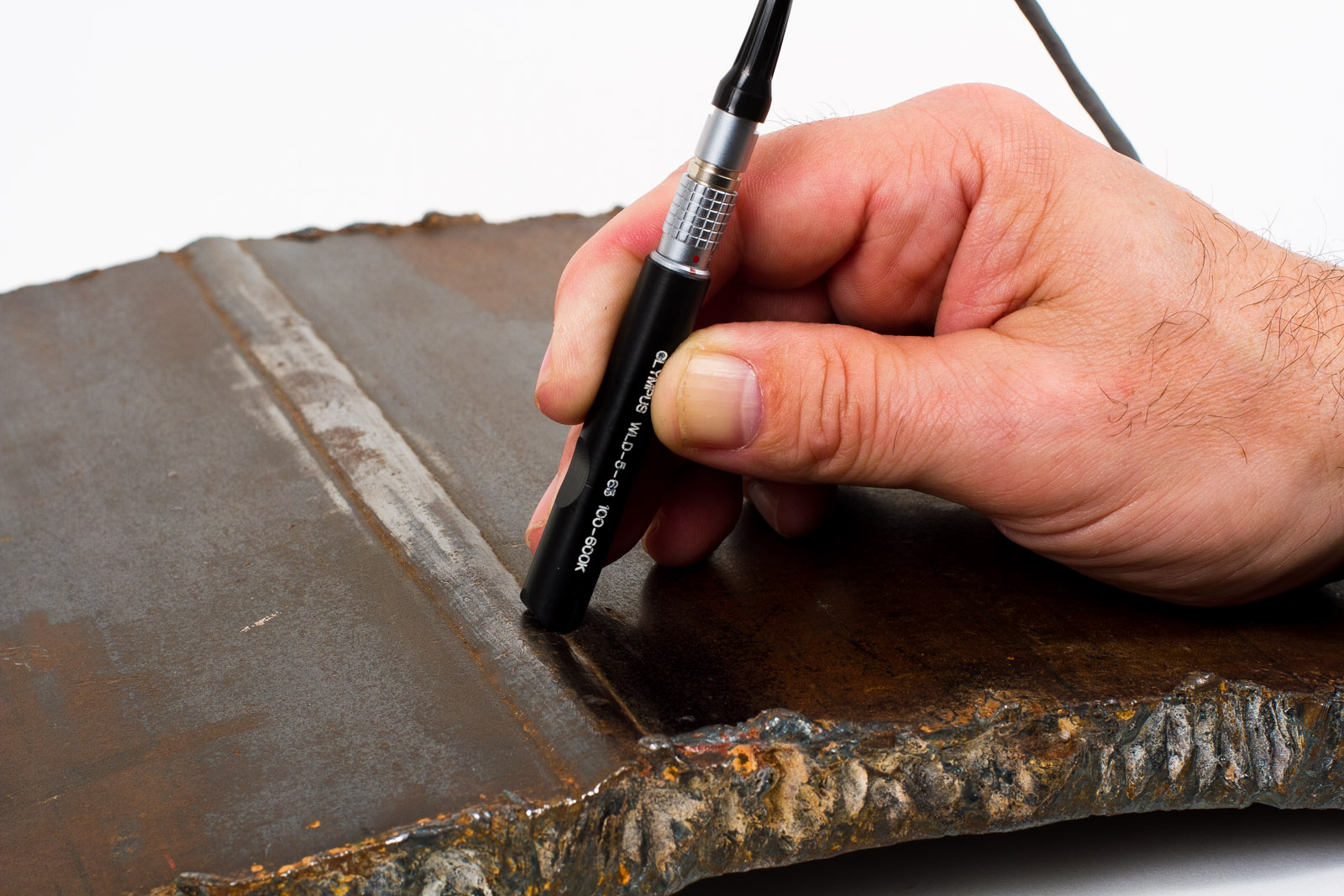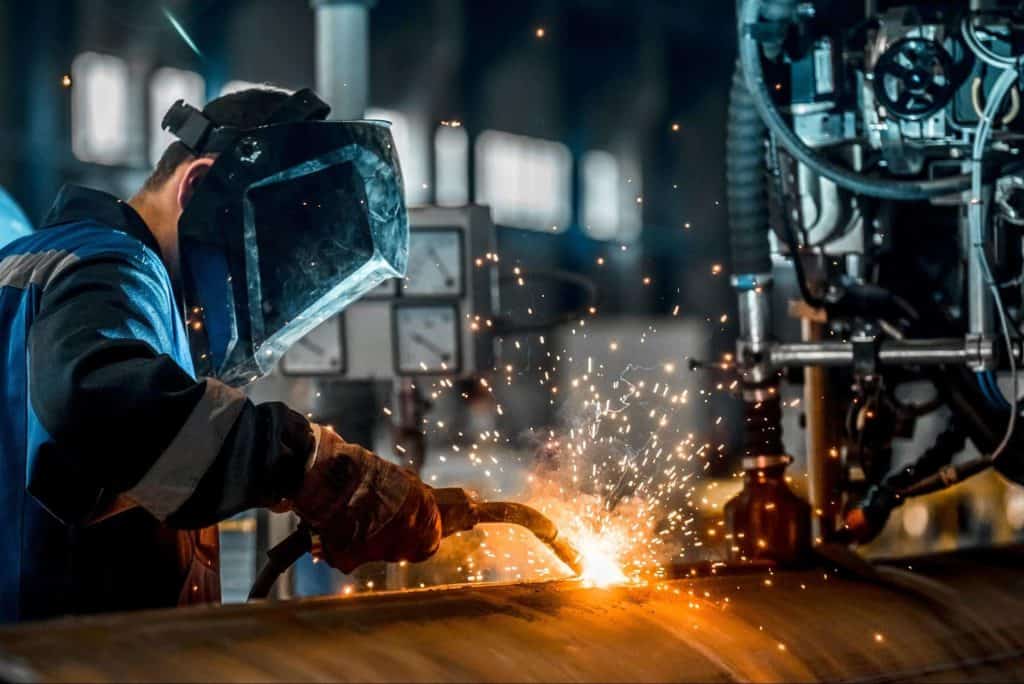Leading Benefits of Trustworthy Welding Inspection Milwaukee in Building And Construction
Leading Benefits of Trustworthy Welding Inspection Milwaukee in Building And Construction
Blog Article
An Extensive List for Effective Welding Examination Practices
In the world of welding, the honesty of structures is extremely important, requiring an extensive approach to assessment methods. A detailed list works as an essential device in making certain adherence to market requirements, including essential pre-welding, in-process, and post-welding analyses. By methodically resolving product confirmation, weld high quality, and thorough documentation, organizations can considerably boost safety and performance. Nevertheless, what particular aspects should be prioritized in each phase to accomplish optimal outcomes? Checking out these important parts can generate insights that greatly effect welding operations.
Understanding Welding Criteria
Welding criteria play a vital function in ensuring the quality and security of bonded elements and structures. These criteria develop the standards for products, treatments, screening, and evaluation, thus offering a structure for consistent quality control in welding procedures. Numerous companies, consisting of the American Welding Society (AWS), the International Organization for Standardization (ISO), and the American Society of Mechanical Engineers (ASME), have created comprehensive criteria that govern various aspects of welding.
Recognizing welding requirements is crucial for specialists in the field, as adherence to these standards decreases the threat of flaws and failures in bonded joints. These standards cover specific requirements for weld top quality, consisting of acceptable resistances, the kind of welding techniques to be utilized, and the credentials needed for assessors and welders.

Pre-Welding Assessment Steps
Before any type of welding procedure begins, a detailed pre-welding examination is necessary to recognize prospective problems that may jeopardize the high quality of the weld. This preliminary step offers as a crucial structure for guaranteeing conformity with applicable welding codes and requirements.
The initial step in the pre-welding assessment is to confirm the products being made use of. This consists of monitoring for the appropriate kind and quality of metals as defined in the job documentation. Next off, it is important to examine the fit-up of the elements to make certain proper alignment and joint configuration. Imbalance can result in inadequate penetration and structural weaknesses.
Additionally, examining the tidiness of the surfaces is crucial; pollutants such as oil, paint, or corrosion can detrimentally influence the quality of the weld. Following this, a detailed evaluation of the welding devices need to be carried out, making certain that it is adjusted and in good functioning problem.
Lastly, evaluating the qualifications of the welding personnel is essential. Welders must have the necessary certifications and experience to do the particular welds required for the project. By sticking to these pre-welding inspection actions, the chance of flaws and failings in the last weld can be considerably decreased.

In-Process Examination Methods
In-process assessment methods play a vital role in making certain the honesty and quality of welds as they are being carried out. These techniques permit inspectors to identify flaws or variances from specifications in real time, consequently stopping expensive fixings and guaranteeing adherence to layout needs.
One secret strategy entails aesthetic examination, where inspectors assess the weld bead for harmony, penetration, and correct profile. This can be enhanced by the use determines to measure weld measurements, making certain compliance with predetermined tolerances. In addition, the implementation of non-destructive screening (NDT) techniques, such as ultrasonic testing or magnetic particle testing, during the welding process can expose subsurface flaws that might not be visible externally.
An additional important facet is keeping track of welding criteria, consisting of voltage, amperage, and travel rate. Consistency in these parameters is crucial for accomplishing optimal weld top quality. Documenting these specifications throughout the welding procedure provides a traceable record for future reference.
Educating employees in appropriate inspection strategies and using ideal tools look at this now boosts the efficiency of in-process examinations. By integrating these methods, organizations can accomplish greater top quality welds, reduce rework, and ultimately make certain the safety and security and integrity of bonded structures.
Post-Welding High Quality Checks
Following the conclusion of welding operations, post-welding high quality checks are vital to verify that the welds fulfill all specified standards and demands. These checks are important for guaranteeing the integrity and toughness of the welded joints. The evaluation procedure commonly starts with a visual assessment, examining for surface problems such as splits, porosity, or insufficient blend.
Consequently, moved here non-destructive testing (NDT) approaches, such as ultrasonic testing, radiographic screening, or magnetic bit testing, may be used to detect internal imperfections that are not visible to the naked eye. Each method has its one-of-a-kind advantages and is selected based upon the weld's place, product kind, and the nature of the application.
Examining the mechanical buildings of the weld, including tensile strength and ductility, can provide further guarantee of efficiency under functional conditions. Generally, thorough post-welding inspections are essential for maintaining efficiency, adherence, and safety to governing and industry standards.
Paperwork and Coverage
How can reliable documentation and reporting boost the welding inspection process? Exact documents and thorough coverage are important parts that make certain the stability and quality of welding operations. Welding Inspection Milwaukee. They work as a formal document of inspection findings, assisting in liability and traceability in conformity with market requirements

A try this site well-structured coverage system allows examiners to clearly interact any type of discrepancies, locations, or non-conformances needing enhancement. This transparency cultivates an atmosphere of continual renovation, as stakeholders can readily evaluate past efficiency and apply restorative activities.
Moreover, efficient documents includes detailed records such as welding procedure specifications (WPS), welder qualifications, and evaluation checklists. These aspects supply a framework for assessing weld high quality and adherence to developed standards. In case of conflicts or quality problems, detailed paperwork offers as a trusted reference, lowering uncertainty and shielding all parties entailed.
Finally, maintaining organized records aids in training and certifying workers, ensuring that sector finest methods are maintained. Ultimately, thorough paperwork and reporting not only improve the welding evaluation procedure yet additionally add to the overall security and dependability of bonded frameworks.

Verdict
To conclude, a comprehensive checklist for reliable welding examination practices is important for making sure high quality and safety and security in welded structures. Adherence to developed welding criteria, precise pre-welding inspections, extensive in-process analyses, and thorough post-welding top quality checks collectively add to the honesty of welded joints. In addition, thorough documentation and coverage of inspection searchings for improve liability and help with continual enhancement. Executing these techniques will considerably help in conformity with market standards and inevitably cultivate a culture of high quality in welding operations.
Welding standards play a vital duty in making certain the high quality and safety of bonded components and frameworks. Numerous organizations, including the American Welding Culture (AWS), the International Company for Standardization (ISO), and the American Society of Mechanical Engineers (ASME), have developed comprehensive standards that govern different facets of welding.
Adhering to the completion of welding procedures, post-welding high quality checks are vital to validate that the welds fulfill all defined standards and needs - Welding Inspection Milwaukee.In final thought, an extensive list for efficient welding assessment practices is crucial for guaranteeing high quality and security in bonded frameworks. Adherence to established welding criteria, meticulous pre-welding inspections, strenuous in-process evaluations, and extensive post-welding top quality checks collectively add to the stability of welded joints
Report this page